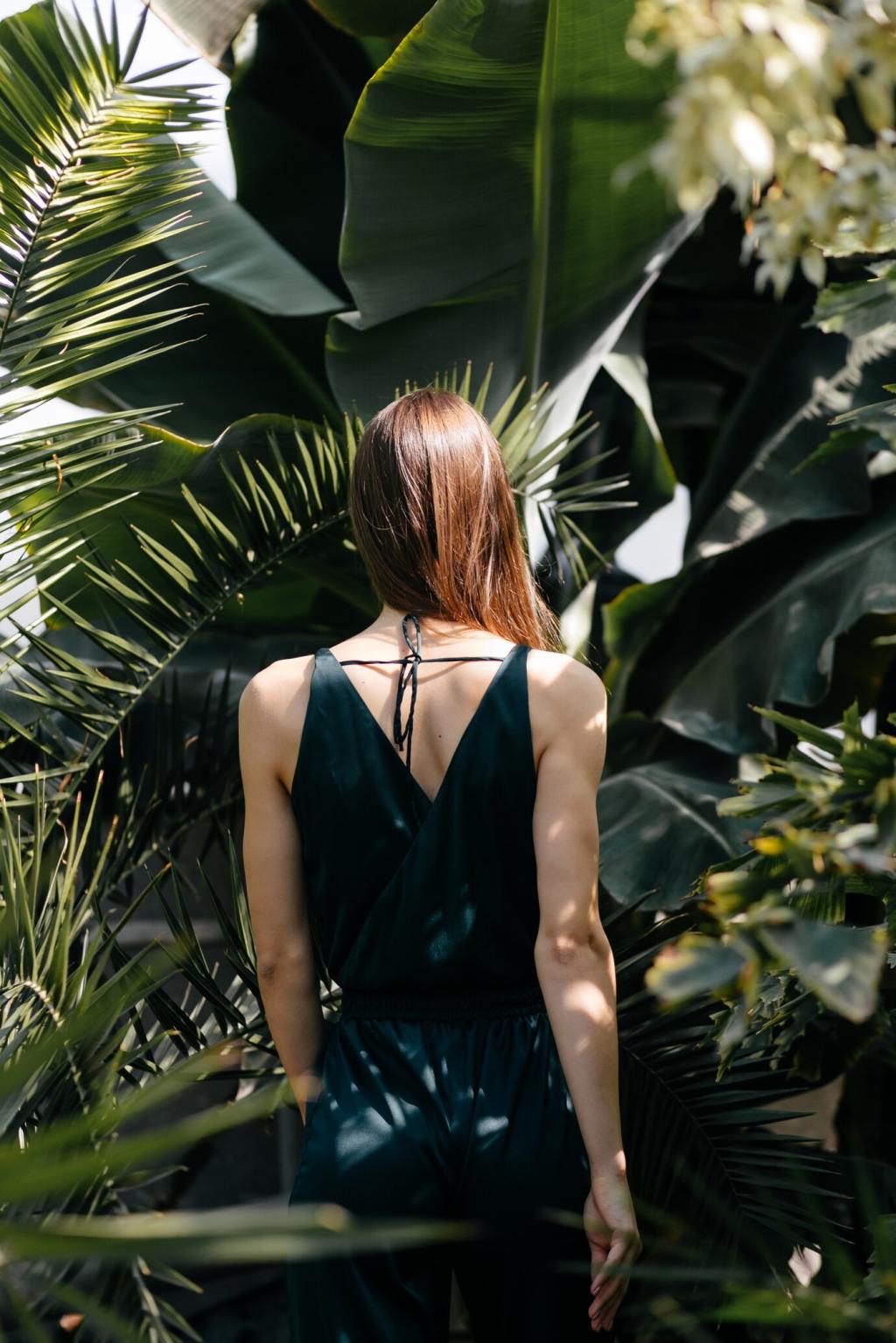Innovative Materials in Eco-Friendly Fashion
The world of fashion is rapidly evolving, fueled by the growing demand for sustainability and environmental consciousness. As consumers become more aware of the environmental impact of their wardrobe choices, eco-friendly fashion is gaining momentum, with innovative materials at the forefront of this movement. These new textiles are not only reducing the industry’s carbon footprint but also transforming the way clothes look, feel, and perform. This page delves into the latest developments in sustainable materials, exploring their origins, benefits, and the challenges they address within the fashion industry.
Plant-Based Fabrics Revolution
Organic Cotton Advancements
Organic cotton marks a significant improvement over conventional cotton as it is grown without harmful pesticides or synthetic fertilizers. This preserves soil health and supports biodiversity within agricultural systems. Unlike its traditional counterpart, organic cotton uses less water, further reducing its environmental burden. The organic label also ensures that laborers are working in safer environments, free from toxic chemical exposure. As fashion brands increase their commitment to transparency and traceability, organic cotton continues to evolve with innovations in natural dyeing, closed-loop water systems, and regenerative farming practices, making it an indispensable component of genuine eco-friendly collections.
Hemp Textiles Come of Age
Hemp is witnessing a resurgence due to its impressive ecological credentials and versatile properties. This fast-growing plant requires minimal water, no pesticides, and leaves soil enriched rather than depleted. The fibers created from hemp are naturally antibacterial, UV-resistant, and exceptionally strong, making them ideal for long-lasting clothing. Recent advances in softening technologies have addressed hemp’s reputation for coarseness, resulting in fabrics with a softer, more luxurious feel suitable for both everyday wear and high fashion. The increasing adoption of hemp underscores its potential to replace more damaging materials and diversify the offerings within sustainable fashion.
Innovative Bamboo Solutions
Bamboo fabric has gained acclaim for its softness, breathability, and rapid renewability—bamboo plants grow quickly, often without the need for pesticides. However, not all bamboo textiles are created equal, as some involve chemical-heavy processing. Recent innovations have developed closed-loop systems that safely recycle solvents and reduce emissions, ensuring the environmental promise of bamboo is realized. Modern bamboo fabrics maintain their silky texture while minimizing resource consumption, offering eco-friendly fashion brands a compelling alternative to conventional viscose and rayon.
Bioengineered and Lab-Grown Materials
Mycelium Leather Alternatives
Mycelium, the vegetative structure of fungi, is now being engineered as a leather substitute. Grown in controlled environments, mycelium mats form naturally dense, flexible networks that mimic animal hide but require significantly fewer resources and generate less pollution. Unlike traditional leather tanning, this process avoids toxic chemicals, drastically reduces water usage, and eliminates animal cruelty concerns. The resulting materials offer similar texture, durability, and versatility, making them a promising replacement for conventional leather in everything from shoes to bespoke luxury goods. As production scales up and costs come down, mycelium-based leathers are poised to become a cornerstone of ethical and innovative fashion design.
Microbial Silk Production
Traditional silk relies on silkworm farming, a practice that is both labor-intensive and animal-dependent. Enter microbial silk: by employing bioengineered yeast or bacteria, labs now produce silk proteins through fermentation processes without insects at all. These purified proteins are spun into fibers that match or even exceed the quality and strength of traditional silk, while bypassing the ethical and ecological concerns associated with animal farming. The technology allows for fine-tuning of properties—such as texture and sheen—resulting in silk fabrics that suit a broad range of applications, from luxe garments to technical wear, with minimal environmental impact.
Lab-Grown Cellulose Fibers
Inspired by nature yet crafted in laboratories, lab-grown cellulose fibers combine the renewability of plant-based materials with the precision and efficiency of modern science. Rather than relying on harvested wood or bamboo, scientists cultivate cellulose-producing bacteria or yeast in nutrient-rich vats, yielding fibers that are inherently uniform and customizable. This approach sharply reduces water, land, and chemical use compared to conventional fiber farms. As research progresses, lab-grown cellulose stands to significantly disrupt the market for viscose, lyocell, and other regenerated cellulosics, affording designers new pathways to blend sustainability, durability, and luxury in their collections.
Waste-to-Resource Innovations
Recycled Polyester Developments
Recycled polyester, often sourced from discarded plastic bottles, is a clear illustration of upcycling waste into high-value fashion. Rather than extracting virgin petroleum, manufacturers collect post-consumer plastics, process them into pellets, and spin them into new fibers suitable for everything from performance wear to luxury collections. Not only does this diversion of waste help reduce landfills and marine pollution, it significantly cuts energy and water use compared to conventional polyester production. Recent advances have led to even higher yarn quality and full traceability, making recycled polyester a mainstay of both innovative and responsible fashion brands.
Turning Textile Waste into New Fibers
Each year, millions of tons of textiles are discarded worldwide, often ending up in landfills or incinerators. Innovative startups and established companies are now reclaiming post-consumer clothing and pre-consumer scraps, breaking them down to their raw fibers, and respinning them into new yarns. The resulting “circular fibers” retain much of the quality of virgin materials, but require far fewer resources and contribute little to environmental pollution. This closed-loop approach is gaining traction, especially with growing investments in mechanical and chemical recycling technologies, and it promises to transform discarded clothing into a valuable raw material for entirely new garments.
Seafood Industry Byproduct Textiles
In an audacious example of cross-industry innovation, fashion is now harnessing waste from the seafood industry—such as fish skins and shells—to create unique textiles. Processes have been developed to tan fish leather and extract chitin, a biopolymer from shellfish, to spin into strong, lightweight fibers. These marine-sourced materials not only divert waste from oceans and landfills but also offer exceptional strength, breathability, and intriguing aesthetic qualities. As these materials gain wider adoption, they serve as powerful reminders of fashion’s potential to repurpose overlooked resources while telling new stories of sustainability.

